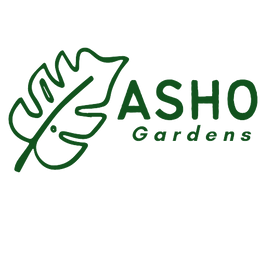


500+ Organic Dill Seeds- Heirloom Variety- Non GMO- Seeds- ANATHUM GRAVEOLENS----G017
500+ Organic Dill Seeds- Heirloom Variety- Non GMO- Seeds- ANATHUM GRAVEOLENS----G017
The dill herb possesses properties to that make it one of the top functional foods. Not only does the said herb impart flavor and taste, it holds a wealth of vitamins and minerals crucial in treating and preventing certain illnesses. Every part of the herb — leaf and seed can be of some benefit to you. Dill is an annual herb in the celery family Apiaceae. It is the only species in the genus Anethum. Dill is grown widely in Eurasia where its leaves and seeds are used as a herb or spice for flavouring food. On the other hand if you’re making vegetable, chicken or beef stock, adding a bunch of diil will provide excellent flavor. If you plan to use the herb for soups made with stock, simply add in a chopped amount a couple of minutes toward the end of cooking. Similarly stews or sauces get wonderful flavor from Dill Dill is an annual, self-seeding plant with feathery green leaves. It is used most commonly in soups and stews and for pickling. Dill weed is easy to grow and attracts beneficial insects such as wasps and other predatory insects to your garden. If you’re planting dill for pickling, plant every few weeks into midsummer to ensure a constant supply! To create a permanent dill weed patch, allow some of the seeds to self-sow each year—you’ll have plenty of early dill to start the season. PLANTING • Sow dill seeds about ¼-inch deep and 18 inches apart in rich soil, then gently rake the seeds into the soil. The soil should be between 60 and 70ºF (15-21 C) for best results. • Dill weed does not grow well when transplanted, so start the seeds fresh in the garden in early summer. Make sure to shelter the plants from strong winds. • After 10 to 14 days, the plants should appear in the soil. Wait another 10 to 14 days, then thin the plants to about 12 to 18 inches apart. • In your garden, plant dill next to cabbage or onions, but keep it away from carrots CARE • Water the plants freely during the growing season. • In order to ensure a season-long fresh supply of dill, continue sowing seeds every few weeks. For an extended harvest, do not allow flowers to grow on the plants. • If the soil remains undisturbed throughout the growing season, more dill plants will grow the next season. HARVEST/STORAGE • As soon as the plant has four to five leaves, you can start harvesting. Pinch off the leaves or cut them off with scissors. • If you have a lot of plants, you can pin Simple tip Sow dill seeds about ¼-inch deep and 18 inches apart in rich soil, then gently rake the seeds into the soil. The soil should be between 60 and 70º F (15-21 C)for best results. Dill weed does not grow well when transplanted, so start the seeds fresh in the garden in early summer. Make sure to shelter the plants from strong winds.
